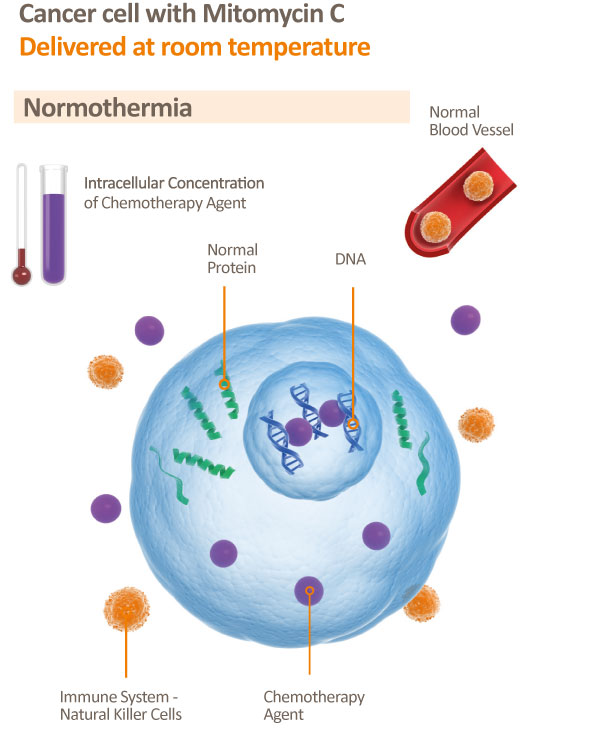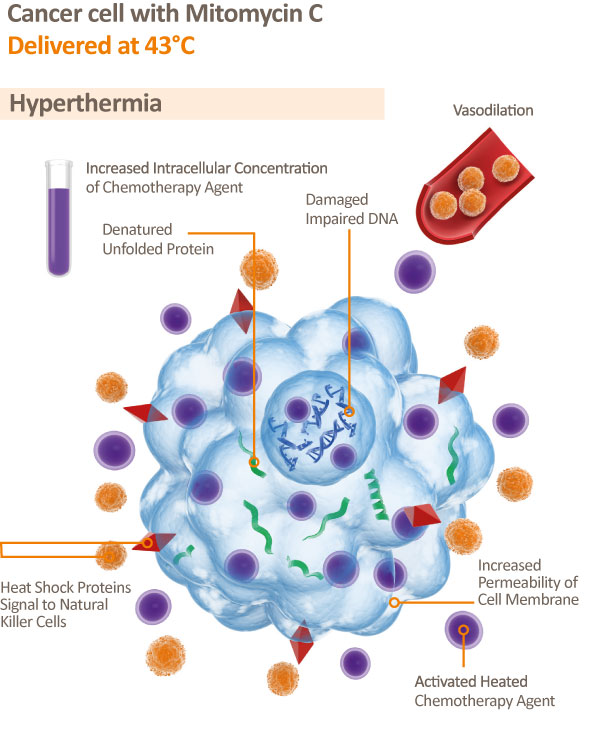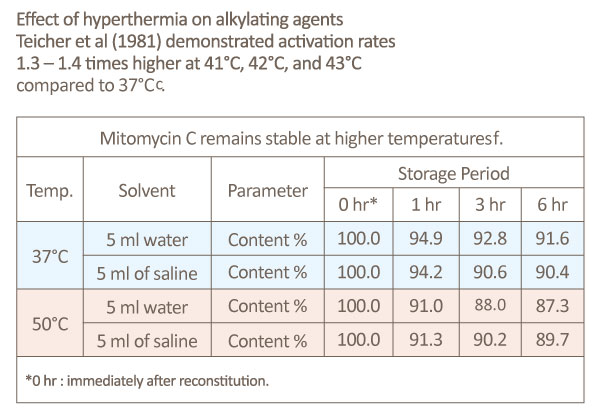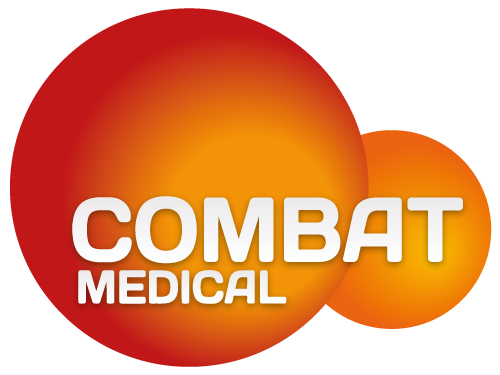Combat Medical Ltd
Combat Medical leading the current investigation in thermotherapy device assisted therapies for NMIBC.
Combat Medical is committed over the next 5 years to creating its own clinical bibliography of fact based evidence supporting the BRS and PRs systems in their fight against bladder and peritoneal cancers. By harnessing the powers of chemo-hyperthermia in innovative ways we hope to prove the benefits of hyperthermia in combatting cancer.
Combat Medical is equally committed to improving outcomes without healthcare providers having to significantly alter their treatment model or adding additional resources. We believe over time we will be able to reduce the overall treatment cost due to our streamlined approach and through the reduction in recurrence and progression rates.
Hyperthermia substantially increases the effectiveness of chemotherapy compared to instillation at room temperature.


Why use Hyperthermia to treat NMIBC?
Clinical hyperthermia is defined as the therapeutic use of temperature between 41°C to 44°Ca. The introduction of thermal energy affects the cancer cells more because of their inability to manage the heat as well as healthy cellsb. MitomycinC (MMC) is stable at temperatures up to 50°Cf, but has shown to be 1.4 times more active at 43°Cc. Hyperthermia inhibits the formation of new blood vessels (angiogenesis) by the tumour massd. At 43°C the cytotoxicity increases by 10 times, without any increase in the toxicity to the patientc. At elevated temperatures the lipid-protein cellular membrane bilayer will become more permeable, due to the unfolding (denaturing) of the cellular membrane and cytosolic proteins. These resulting in higher intracellular concentration of the chemotherapy agent. Direct effects on the DNA include; strand breaking, impaired transcription, reducing replication and cell divisiona. Thermotherapy has profound effects on the immune system resulting in increased activation of more natural killer cells (NKC) that target heat stressed cancer cells as they signal heat shock proteins on the cancer cell surfacee. The consequence is that the cancer cells actively participate in their own demise through the natural process of apoptosis.
Chemo-hyperthermia multifactorial modes of action create a strong combination effect, ensuring cancer tumours and cells are specifically targeted. Therefore hyperthermia substantially increases the effectiveness of chemotherapy compared to instillation at room temperature. The Combat BRS is the first system to allow the delivery of thermotherapy within the tight parameters necessary to optimise the delivery of chemo-hyperthermia without compromising patient safety, comfort or increasing resources required.
Based on the available body of evidence including real world experience data, the recommended protocol to achieve best results with HIVEC for Intermediate Risk patients is a 6 weekly induction treatment plus an additional 1 year maintenance for High Risk patients. The COMBAT BRS is recommended to be used at a temperature setting of 43°C for 1 hour using a 40mg dose of Mitomycin C.


